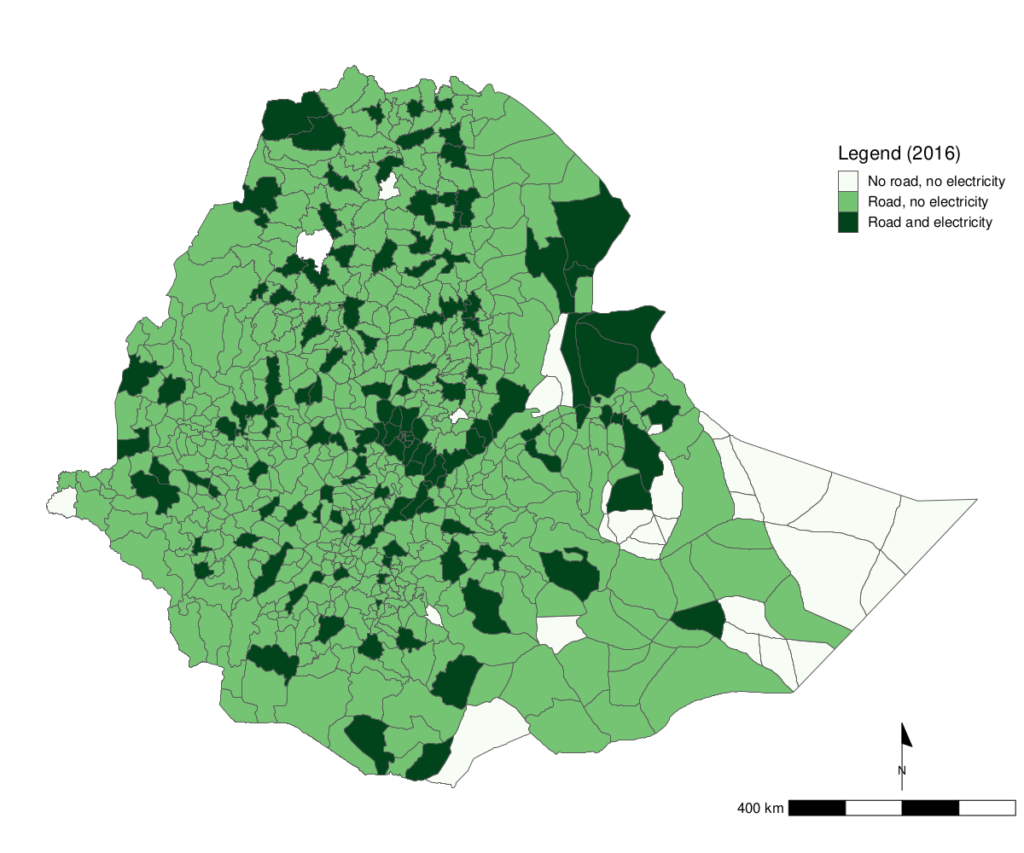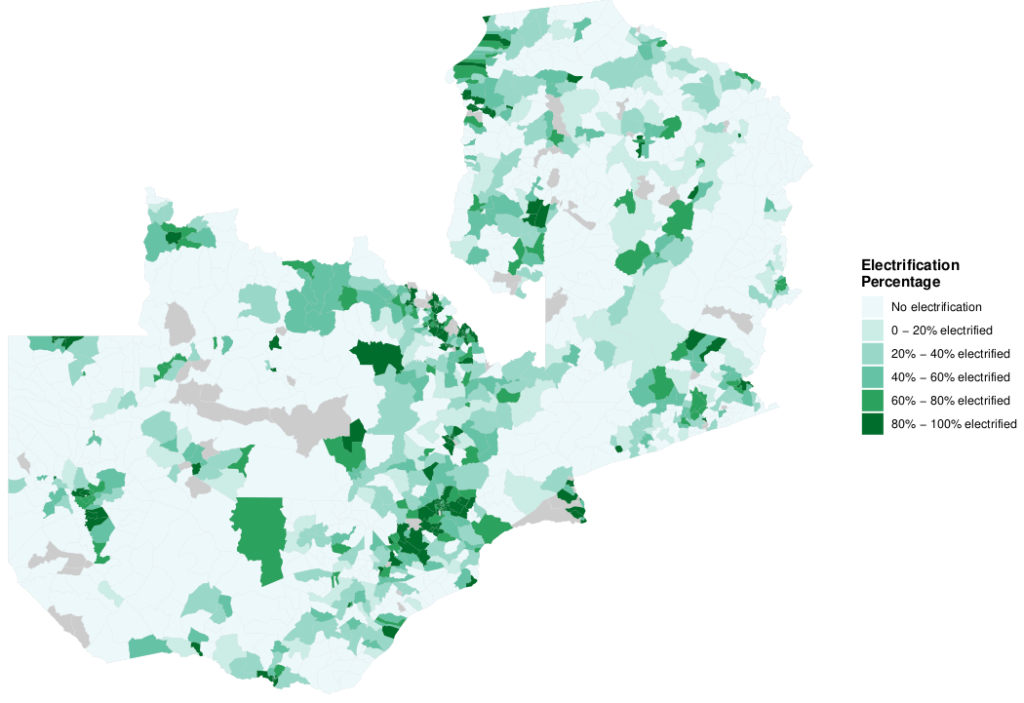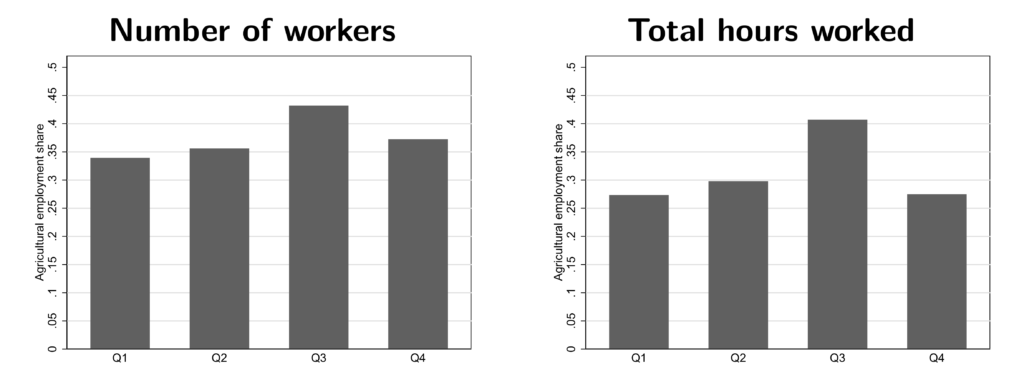Working Papers

Can Big Push Infrastructure Unlock Development? Evidence from Ethiopia (Paper, Online Appendix, Supplementary Material) [submitted]
[show abstract]
Roads are instrumental to market access. Electricity is a key technology for modern production. Both have been widely studied in isolation. In reality, infrastructure investments are commonly bundled. How such big push infrastructure investments interact in causing economic development, however, is not well understood. I track the large-scale road and electricity network expansions in Ethiopia over the last two decades. First, causal evidence confirms markedly different patterns: all-weather road access alone increases services employment, at the expense of manufacturing. In contrast, additionally electrified locations see large reversals in manufacturing employment. Second, I develop a spatial general equilibrium model with non-homothetic preferences to highlight how bundling infrastructure investments can affect aggregate welfare. Third, I structurally estimate the implied welfare effects of big push infrastructure investments. Compared to no investments, welfare in Ethiopia increased by at least 2.88%, while isolated counterfactual road (electrification) investments would have increased welfare by only 2.34% (0.44%).

Pivot to Power: Resolving a Local Public Good Problem
(joint with T. Figueiredo Walter) (Paper)
[show abstract]
Economists have long studied the underprovision of public goods. Theoretical
mechanisms designed to achieve efficient provision abound. However, empirical evidence how underprovision can be overcome is rare. In this paper, we characterise the provision of last-mile infrastructure as a local public good problem. We study the recent, country-wide public roll-out of the electric grid in Zambia which connected hundreds of rural locations, but not individual agents (the ‘last mile’). We show that, conditional on grid arrival, the last mile electric trunk network required to connect agents appears only in some locations, but not others – leading to a bimodal distribution of adoption. We provide causal evidence that whenever agents with pivotal expected benefits of electricity (here: grain mills) are present at baseline, location see dramatically higher electricity adoption among end-users. Consequently, any beneficial effects of electrification on various measures of development are confined to the few locations with pivotal agents at baseline.
Work in Progress

Endogenous Sample Selection in Household Surveys
(joint with T. Figueiredo Walter) [draft]

Female Wage Labour and Fertility: Evidence from the Cut-Flower Industry in Kenya
(joint with M. Bishop and C. Zipfel) [draft]

Seasonality and Development
(joint with T. Figueiredo Walter)

Complementarities in Public Infrastructure Provision: Evidence from School Electrification in Zambia
(joint with T. Figueiredo Walter)

Distracted by Dreamliners: Noise Pollution and Pupil Performance under the Heathrow Flightpath
[show abstract]
This work provides the first causal estimate of the adverse productivity effects of noise pollution emitted by airplanes flying over densely populated areas. Combining high frequency geo-located data of each incoming plane to London Heathrow international airport between 2012 and 2016 with geo-identified, individual-level National Pupil Database test scores, I make use of plausibly exogenous variation in the level of noise pollution experienced by pupils while they sat universal, high-stakes English ‘key stage’ exams in schools on the ground. Scheduled runway alternations generate large and sudden variation in the number and tact of overflying planes. Therefore, individual schools’ exposure to noise pollution while pupils sit centrally scheduled exams varies from hour to hour on exam days, with nearby schools experiencing widely different exposure levels.